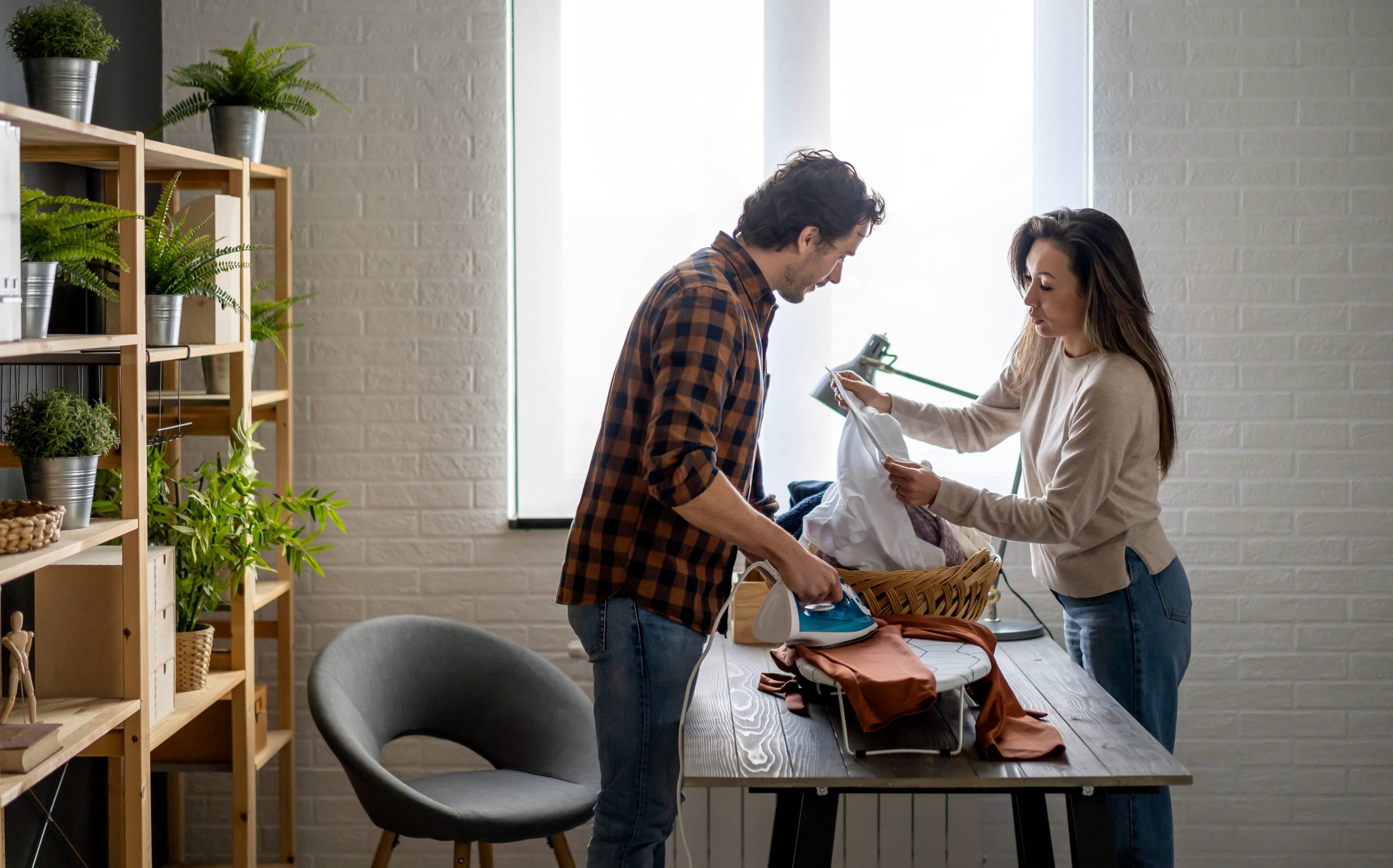
In our fast-paced, consumer-driven world, the quest for happiness often leads us down an endless path of acquiring more—more clothes, more gadgets, more furniture, more of everything in the hopes that it will all somehow culminate in happiness. Yet, as our homes become cluttered and our minds overwhelmed, many are beginning to question the validity of this approach. Enter minimalist living, a lifestyle philosophy that offers a refreshing counter-narrative: by reducing possessions, we can increase happiness.
The core principle of minimalism is simplicity. At its heart, this lifestyle choice calls us to strip away the superfluous, keeping only what adds genuine value to our lives. It’s about making intentional choices with our space, our time, and our resources. But how exactly does owning less lead to more happiness? Let’s explore.
The Weight of Ownership
The initial appeal of acquiring possessions is easy to understand. Each purchase brings a rush of excitement, a momentary glow of fulfillment. But that thrill is often short-lived, replaced by the weight of ownership. Each item we bring into our space adds another layer of responsibility. Furniture needs maintenance, gadgets require updates, clothes need washing and organizing.
Over time, the accumulation of things can become overwhelming. Our homes, intended to be sanctuaries of relaxation and comfort, turn into sources of stress and anxiety. There’s an irony in letting possessions possess us, and it’s this realization that nudges many towards minimalism.
Freedom in Less
Minimalism teaches that there is freedom in having less. When we declutter and let go of unnecessary items, we free up not just physical space, but mental space too. A clean, organized environment promotes a clear and focused mind, reducing stress and boosting productivity.
Imagine waking up in a tidy bedroom with only the essentials. There’s no pile of clothes to sort through, no trinkets cluttering your nightstand. Just a few cherished items on display, each bringing joy. Compare this to a cluttered room, where just the thought of tidying up is exhausting. The minimalist space allows for easier mornings, reducing decision fatigue—an often overlooked drain on our mental energy.
Quality Over Quantity
A key aspect of minimalist living is shifting focus from quantity to quality. Instead of having a closet full of fast fashion, a minimalist wardrobe consists of versatile, high-quality pieces that last longer and fit perfectly. By investing in quality, we enjoy the luxury of longevity and the satisfaction of having items that truly serve us well.
This principle applies to all areas of life—not just clothing. Whether it’s cookware, furniture, or tech gadgets, choosing to own fewer, but better, items can enhance our experience and satisfaction significantly. With less clutter, it becomes easier to appreciate what we have, fostering a deeper sense of gratitude and contentment.
Financial Liberation
Beyond the mental and emotional benefits, minimalism also makes financial sense. By reducing impulse buys and reconsidering what we truly need, we naturally spend less. Savings increase, debts decrease, and financial goals become more attainable.
Financial liberation through minimalism doesn’t mean deprivation; rather, it’s about prioritizing spending on experiences over things—investing in travel, education, or activities that create lasting memories. These experiences often bring more joy than any material purchase, fostering happiness that grows over time rather than fading with each new shopping trip.
Intentional Living
Minimalism promotes intentional living, encouraging us to be more mindful in everything we do. By stripping away the non-essential, we can better focus on our relationships, passions, and personal growth. Our lives become richer not through accumulation, but through the meaningful, deliberate choices we make.
This intentional approach allows for a deeper connection with ourselves and with others. Without the distraction of excess, we can engage more fully in conversations, truly listen, and foster stronger relationships. Our homes, no longer cluttered, become spaces for genuine interaction, creativity, and peace.
Environmental Impact
An often-overlooked aspect of minimalism is its positive impact on the environment. By consuming less, we contribute to a reduction in waste and energy usage. Minimalist living encourages sustainable practices, such as recycling, repurposing, and supporting eco-friendly products. This conscientious approach not only enhances our well-being but also benefits the planet, adding to the overall sense of fulfillment that comes from living with intention.
Starting Your Minimalist Journey
Transitioning to minimalist living is a personal journey that varies for everyone. Begin by assessing your current situation. Categorize your possessions, identifying items that are used and loved, and those that are merely taking up space. Start small; perhaps tackle one room at a time, or even one drawer.
Set realistic goals, and don’t rush the process. Remember that minimalism is not about counting possessions or adhering to a strict set of rules; it’s about finding what works for you and your lifestyle. As you gradually let go of the excess, you might find yourself happier, more at peace, and more in tune with what truly matters.
Conclusion
Ultimately, minimalist living is about creating a life that aligns with personal values and priorities. It’s about reducing distractions to focus on what brings genuine joy, cultivating freedom, purpose, and happiness in the process. By embracing minimalism, we can transform our homes and ourselves, discovering that less truly can be more when it comes to living a fulfilled and happy life.

